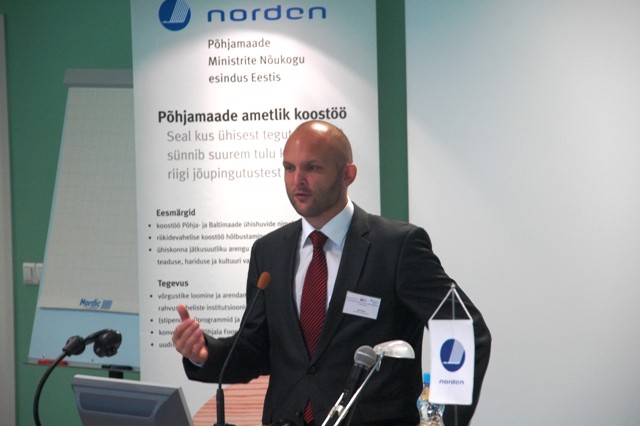|
Education + entrepreneurship = economic growth + new jobs At the international conference "Innovation at the regional level - the key to economic growth in the Baltic Sea region" held on 10 September in Narva representatives of universities of the Baltic Sea region discussed how to facilitate cooperation between educational institutions and companies that would also stimulate local economy and life. These goals match with the Baltic Sea Strategy of the EU approved by the European Council and its action plan. In addition to presentations the conference included three workshops. It was repeatedly highlighted during workshops that while educational institutions should deepen their cooperation with companies, the primary goal of schools is to provide good education. The operation of educational institutions would be much easier if companies would clearly define their expectations so that the former do not have to spend time on making speculations. More success stories and stronger emphasis on specialisation However, experts agreed with the CEO of the Estonian Development Fund on that higher education institutions should pay more attention to specialisation and communication, for example to their positive image, success stories and more clearly defined goals. This means also that innovative solutions developed in higher education institutions should not exist on paper only, but need to be executed. In this area educational institutions and companies require support from local government agencies. Andreas Meimermont from the commercial and industry department of the city government of Helsingborg introduced the triple-helix concept that would benefit schools, entrepreneurs and the state and underlined that tangible, measurable results are needed, such as capital, students on the labour market and new companies. He concluded: "If you want to win, dare to let go". The conference was also the culmination of the project "Communicating entrepreneurship in the Baltic Sea region" initiated by the Nordic Council of Ministers' Office in Estonia. The project focused on promoting creative entrepreneurship and cultural cohesion in order to strengthen cooperation in the Baltic Sea region and encourage common external communication. |
||
|
related links:
|
||
Ott Pärna: local competition instead of international
|
Pärna listed a number of factors that hinder the development of innovative entrepreneurship in Estonia, such as lack of genuine ambition, a small number of success stories and poor debating skills. The CEO of the Estonian Development Fund said that at the same time foreign investors are actively looking for opportunities to grow their money. For example, a large international company invested in Lithuania and is now hiring hundreds of well-prepared IT-specialists. However, there are not so many to be found. So, the combination of a high unemployment rate and the shortage of highly qualified labour makes investors turn to other markets. |

 "Instead of competing internationally, we should compete locally," noted Ott Pärna, CEO of the Estonian Development Fund, at a conference "Communicating entrepreneurship in the Baltic Sea region" held on 10 September in Narva.
"Instead of competing internationally, we should compete locally," noted Ott Pärna, CEO of the Estonian Development Fund, at a conference "Communicating entrepreneurship in the Baltic Sea region" held on 10 September in Narva.